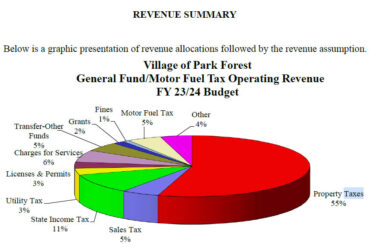China is currently engaged in the greatest construction binge in world history. The Chinese are adding one new coal-fired power station per week, 44 million high rise apartment units per year, and are adding 4-5 million new cars to the road every year with endless super-highways to match. If present trends continue, China will have twice as many cars by 2030 as there are in the whole world today! The result is that China is slated to overtake the U.S. as the leading emitter of carbon dioxide in the next couple of years and is experiencing a catastrophic increase in pollution in its cities, with a resultant 600,000 excess deaths from asthma, lung cancer, etc.
About two week s ago I heard a talk at the Chicago Humanities Festival about a project that, if successful, could play a significant role in helping to reverse China’s (and the world’s) rush to environmental disaster. Harrison S. Fraker Jr., Dean of the College of Environmental Design of the University of California, Berkeley, described an amazing project designed by a team led by him for a new model neighborhood to be built in Tianjin, China’s third largest city. This neighborhood of about 10,000 apartments, in high and medium rise buildings, is designed so that all its residents will easily be able to access public transportation by foot or bicycle through a system of greenways and parks, thus vastly reducing car usage by the residents. The Berkeley team’s design also aims to make the neighborhood carbon neutral with no need for outside sources of energy. The team’s “green” architectural design reduces heating needs by 80% and cooling needs by 60%. 40% of the needed energy is provided by solar panels (PV) on the roofs and another 40% is provided by 20-30 wind machines on the high rise buildings. The balance of the neighborhood’s energy need is met by biogas (methane) generated by an anaerobic digester from a combination of neighborhood sewage, food and green wastes. Because 40% of the neighborhood’s land is devoted to greenways, parks, and urban gardens (where residents grow food as is the Chinese wont), much green waste is available for this purpose.
The project has been approved at the highest level of the Chinese government and construction is scheduled to start in 2008. If this design proves successful, the hope is that it will become a model for neighborhood construction all over China and perhaps other parts of the world. China’s announced goal of 20% of energy needs to be derived from renewables by 2020 would then have a good chance of being realized.
Walter Falk








